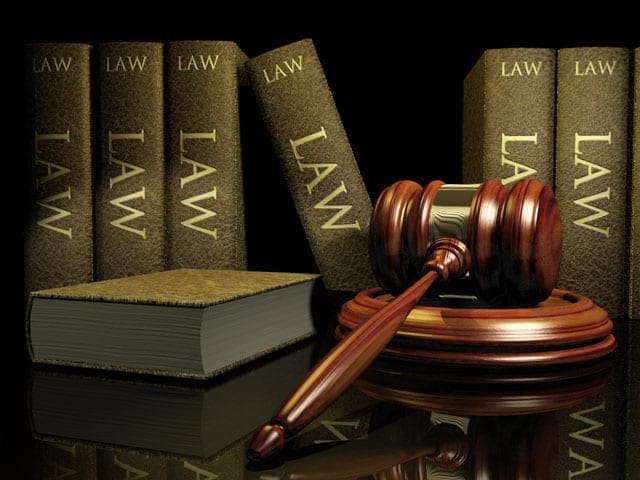
In the past few months, a lot has been happening around the IT Act Section 66 – A.
It states,
66 A Punishment for sending offensive messages through communication service, etc
Any person who sends, by means of a computer resource or a communication device,-
a) any information that is grossly offensive or has menacing character; or
b) any information which he knows to be false, but for the purpose of causing annoyance, inconvenience, danger, obstruction, insult, injury, criminal intimidation, enmity, hatred, or ill will, persistently makes by making use of such computer resource or a communication device,
c) any electronic mail or electronic mail message for the purpose of causing annoyance or inconvenience or to deceive or to mislead the addressee or recipient about the origin of such messages shall be punishable with imprisonment for a term which may extend to three years and with fine.
Explanation: For the purposes of this section, terms “Electronic mail” and “Electronic Mail Message” means a message or information created or transmitted or received on a computer, computer system, computer resource or communication device including attachments in text, image, audio, video and any other electronic record, which may be transmitted with the message.
(Source : IPC)
This particular provision of the Act was introduced through an amendment in 2008. It is a decidedly vague, poorly defined and curbs free speech protections under Article 19 (1) (a).
There have already been at least three cases of misuse of this section.
1)In April 2011, the West Bengal police arrested Jadavpur University Professor Ambikesh Mohapatra for merely forwarding on e-mail a cartoon making fun of Chief Minister Mamata Banerjee, using a reference to a Satyajit Ray detective story. It reached Mamta Banerjee and she was offended. The Cartoonist was put into jail.
2)Aseem Trivedi for his anti-corruption cartoons that he displayed at the MMRDA grounds in Mumbai in December 2011. Since it was also available online, so treated under 66A and Aseem was put into jail. Also IPC Section 124 (sedition) charges were pressed against him.
3)On October 20, Mr Srinivasan tweeted from his Twitter account @ravi_the_indian : “got reports that Karthick Chidambaram has amassed more wealth than vadra.” Later he was arrested and released on bail.
(Source for 1,2 & 3 : TOI)
In each case the Punishment is upto 3 years of jail and/or upto INR 2 Lakh fine if convicted.
So the basic questions (in context of these three incidents) are,
1) Do we really have a freedom of speech and expression, if so to what extent?
2) Shouldn’t there be a clearer explanation in IPC to draw a clear line between freedom of speech and defamation.
3) Is the law being equally applied to all (Twitter and FB is full of such materials, put everyone to jail)?
4) Shouldn’t it be compulsory to put a subject of Law in primary schools?
5) Can the government regulate ‘criticism’ ?
In anycase, Be(a)ware of the Section 66A before you post even a Joke anywhere in the Virtual World.You might land up in jail next morning.

No government should regulate criticism. And neither does this act, although it is very vague in many aspects. This act clearly attempts to curb defamation and not criticism, albeit in a whimsical manner.
Criticism and defamation are different things. Defamation is illegal, it is not covered under freedom of speech and expression in any sane country. Please understand the difference between the two.
The cases of Trivedi and Mohapatra were not exactly criticism, yes. However, the Chidambaram case was a clear case of defamation (not criticism) and hence citing that here is not right.